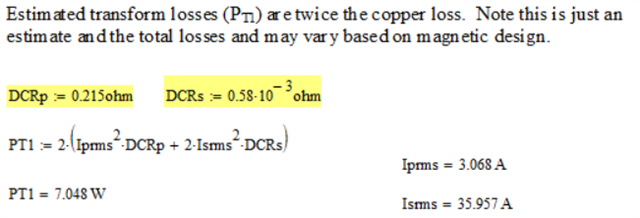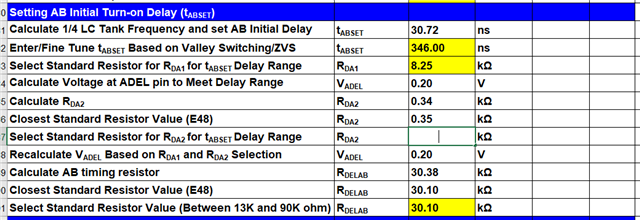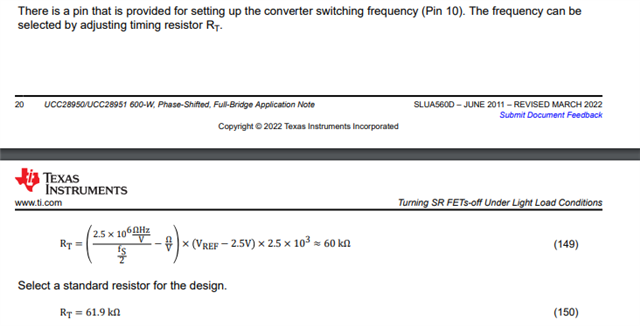Other Parts Discussed in Thread: UCC28951, UCC28950, UCC28950EVM-442
Hi Team,
Good day!
I would like to know if I can use the UCC28951-Q1 PSFB controller for (5-8kW) applications. I have a wide input range up to 800V DC. Output is LVDC.
If yes, could you provide me with any efficiency reports you have at this power range for UCC28951-Q1?
If it does not support this high output power, could you suggest to me some full bridge controllers that support the power range?
Thank you in advance. Hoping to hear from you soon.










